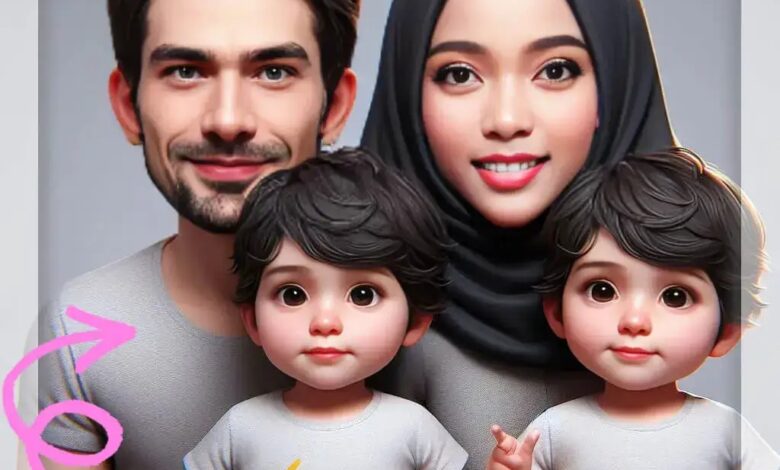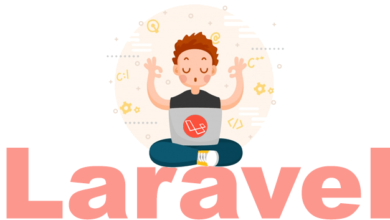Revolutionizing Content Creation: Exploring Face Swap and Video Face Swap Technology

Introduction
Digital innovation has redefined the way we create and share content, giving rise to tools and technologies that seemed unimaginable a decade ago. Among these, face swap and video face swap technologies have carved a niche for themselves in the realm of creativity and expression. From humorous social media posts to professional marketing campaigns, these tools have opened doors to new possibilities. But behind the fun and excitement lies a deeper narrative of how these technologies are shaping our digital landscape.
In this article, we’ll dive into the fascinating world of face-swapping technology, unpacking how it works, where it’s used, and the ethical challenges it presents. Whether you’re a content creator, a tech enthusiast, or simply curious about the buzz, this guide will offer you a comprehensive look into these transformative tools.
What is Face Swap Technology?
At its core, face swap technology is a digital tool that allows one person’s face to be replaced with another in images or videos. The process isn’t just about pasting one face over another; it’s about creating a seamless integration that looks natural and believable.
Imagine swapping faces with a celebrity or your best friend, suddenly, you’re in a blockbuster movie scene, or your friend is the protagonist of your favorite meme. While this may sound like pure entertainment, the applications of face swap technology go far beyond just fun and games.
The concept has been embraced by industries like entertainment, education, and even healthcare. Its potential to create personalized, engaging content has made it a go-to solution for many professionals and hobbyists alike.
The Technology Behind Face Swapping
The science of face swapping is both intricate and fascinating. It relies on advanced AI and machine learning models, particularly Generative Adversarial Networks (GANs). These models work by training on vast datasets of human faces to understand their unique structures and features.
Here’s a simplified breakdown of how it works:
- Facial Recognition: The software identifies key landmarks on a face, such as the eyes, nose, mouth, and jawline.
- Mapping Features: These landmarks are mapped to understand the spatial relationships between different parts of the face.
- Blending: The target face is superimposed onto the original, ensuring alignment in terms of expressions, lighting, and angles.
- Refinement: AI algorithms refine the output, making the face swap appear as realistic as possible.
What’s truly remarkable is how these processes happen in seconds, thanks to the computational power of modern devices.
Everyday Uses of Face Swap Technology
Face swap technology isn’t limited to creating funny pictures or videos. Its versatility has made it a valuable tool in various domains:
- Entertainment and Media: Filmmakers use face swaps to de-age actors, create realistic stunts, or bring historical figures back to life. Think of how movies like The Irishman used advanced CGI to modify appearances seamlessly.
- Marketing and Advertising: Brands leverage face swap tools to customize advertisements, ensuring their campaigns resonate with diverse audiences.
- Education: Teachers and e-learning platforms use face-swapping to create relatable characters, making learning more engaging.
- Social Media Trends: Platforms like Snapchat, Instagram, and TikTok have popularized face-swapping filters, encouraging users to experiment with their appearances.
What makes face swapping so popular is its accessibility, most people can try it with a smartphone app, no technical expertise required.
Understanding Video Face Swap Technology
While static images are impressive, the real magic happens with video face swap technology. Altering faces in motion is a far more challenging task because it requires synchronization of facial expressions, movements, and even micro-expressions.
Video face swaps are increasingly used in:
- Gaming: Imagine playing a video game where your face is the protagonist’s face. This level of personalization is now possible with video face swap tools.
- Immersive Storytelling: Filmmakers and content creators use this technology to create hyper-realistic narratives that blur the line between fiction and reality.
- Corporate Training: Companies are experimenting with video face swaps for role-playing scenarios, allowing employees to experience situations from another person’s perspective.
Despite its complexity, advancements in AI have made video face swap tools more accessible and efficient, paving the way for broader adoption.
Ethical Considerations and Challenges
As with any powerful tool, face swap technology comes with its own set of challenges. The ability to manipulate faces so realistically raises several ethical and legal concerns.
- Misinformation: One of the most pressing issues is the potential for spreading fake news or harmful content. A face swap can make it appear as though someone said or did something they never did.
- Privacy Violations: Using someone’s likeness without their consent can lead to serious privacy breaches.
- Deepfake Concerns: The line between creative use and malicious intent becomes blurry when face swap technology is used to create deep fakes, which can be weaponized for disinformation or harassment.
To address these concerns, many platforms are implementing detection tools and encouraging ethical guidelines for using face-swapping technology responsibly. As users, being mindful of the consequences and obtaining consent before using someone’s image is crucial.
Popular Tools for Face and Video Swapping
Thanks to the democratization of technology, face swap tools are now available to everyone. Here are some of the most popular platforms:
- Reface: This user-friendly app is perfect for casual users looking to create fun swaps quickly.
- DeepFaceLab: A favorite among professionals, this tool offers advanced features for high-quality video face swaps.
- Zao: Known for its lightning-fast processing and impressive accuracy.
- Adobe After Effects: Ideal for those in the creative industry who need precise control over face-swapping effects.
Each tool caters to a specific audience, making it easier for users to find a solution that matches their needs and skill level.
The Future of Face Swap Technology
As AI and machine learning continue to advance, the future of face swap and video face swap technology looks incredibly promising. We can expect significant innovations in the coming years:
- Personalized Virtual Reality: Imagine VR experiences where you can swap faces in real-time, creating more immersive interactions.
- Medical Applications: Face-swapping technology could aid in facial reconstruction surgeries by simulating outcomes.
- More Inclusive Content: Creators can use face swaps to represent diverse audiences, breaking down cultural and demographic barriers.
However, with these advancements comes the responsibility to ensure that the technology is used ethically and transparently. Policymakers, developers, and users must collaborate to strike a balance between innovation and accountability.
Endnote
Face swap and video face swap technologies have undoubtedly revolutionized the way we engage with digital content. Their ability to create lifelike, personalized visuals has made them invaluable tools across industries, from entertainment to education. However, with great power comes great responsibility. As we embrace these tools, it’s essential to use them ethically, respecting privacy and consent.
The future of face-swapping technology is bright, filled with opportunities to enhance creativity, learning, and innovation. Whether you’re a creator looking to experiment with new ideas or a curious individual exploring the possibilities, this is an exciting time to dive into the world of face and video face swap technology.
By staying informed and mindful, we can harness these tools for good, creating a digital landscape that is not only innovative but also inclusive and responsible.




